What to do on Earth Day? Visit a nature preserve, stream a teen film fest
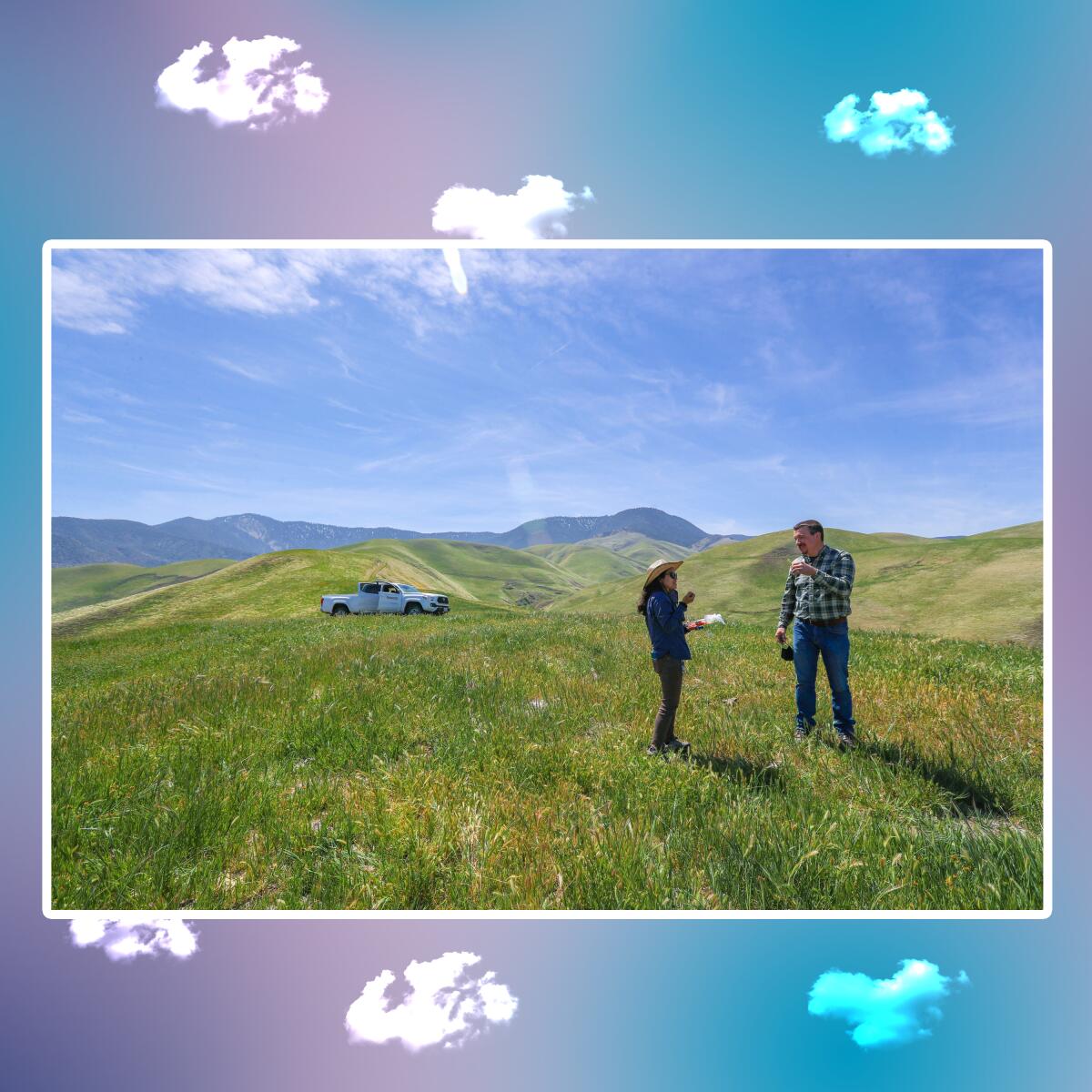
- Share via
By Mary Forgione
Welcome to The Wild! (View in web browser here.)
My suggestion for Earth Day: Go outdoors and seek new places that expand your understanding of what it is to be a good steward of the Earth. Put nature preserves in California on your list. When you visit, pay close attention to the landscape and think of it the way you would when considering remodeling a room. What would you do to restore the site to the way it once looked?
That’s why preserves exist: to manage lands thoughtfully and purposefully with endangered species and/or cultural treasures in mind. A few weeks ago, I explored a handful of nature preserves in Southern California. Many have short, easy trails and are good places to be in nature rather than just hiking through. (Here are five preserves worth visiting within 150 miles of L.A.)
One of my favorite finds: Wind Wolves Preserve in Bakersfield (no wolves, just coyotes), which flourishes amid oil sites and farmlands in the southern San Joaquin Valley. It’s only 100 miles or so from downtown Los Angeles. You’ll find a small waterfall, hiking trails along the year-round creek in San Emigdio Canyon and a five-mile bicycling route on hard-packed dirt. If you’re lucky, you’ll see reintroduced tule elk on the hillsides. Spring is a great time to visit, before the summer heat sets in. Admission and overnight camping (tents and vans only) are free.
Wind Wolves also has lots of invasive grasses, such as foxtail barley, that date to when it was ranch land. These grasses forever changed the landscape and crowded out the endangered Bakersfield cactuses (which have been restored in places; I got to see a few blooming) and the San Joaquin kit fox.
Trying to get rid of the non-native greenery led to a difficult choice: You can’t burn it, you can’t use insecticides, you can’t mow it, and you can’t let it dry out and become fire fodder, Landon Peppel of the Wildlands Conservancy explained to me during a recent visit. “We have the strongest environmental ethos you could ask for, and then we have grazing cattle,” he said.
Oh, the irony. A few centuries of cattle grazing at Wind Wolves led to the nibbling away of the native landscape. Now the conservancy hopes the cows will do the same to the altered landscape. The goal is to give endangered and endemic species a more recognizable home — a task everyone can help with.
Monthly work parties at Wind Wolves have removed tamarisk from stream channels, planted native trees and shrubs, and assisted in projects to “remodel” the 30-square-mile site. This type of community outreach is repeated at many nature preserves.
Volunteering is a good way to make Earth Day count every day, and it can be life-changing. Daisy Carrillo, who grew up in the San Fernando Valley and did not lead an outdoorsy life, first visited Wind Wolves for an ecology class. “Wind Wolves was my first wilderness and my first camping trip,” said Carrillo, acting preserve manager who now lives at the remote, wild site. “I’m emotionally attached to this place.”
The Wild gear
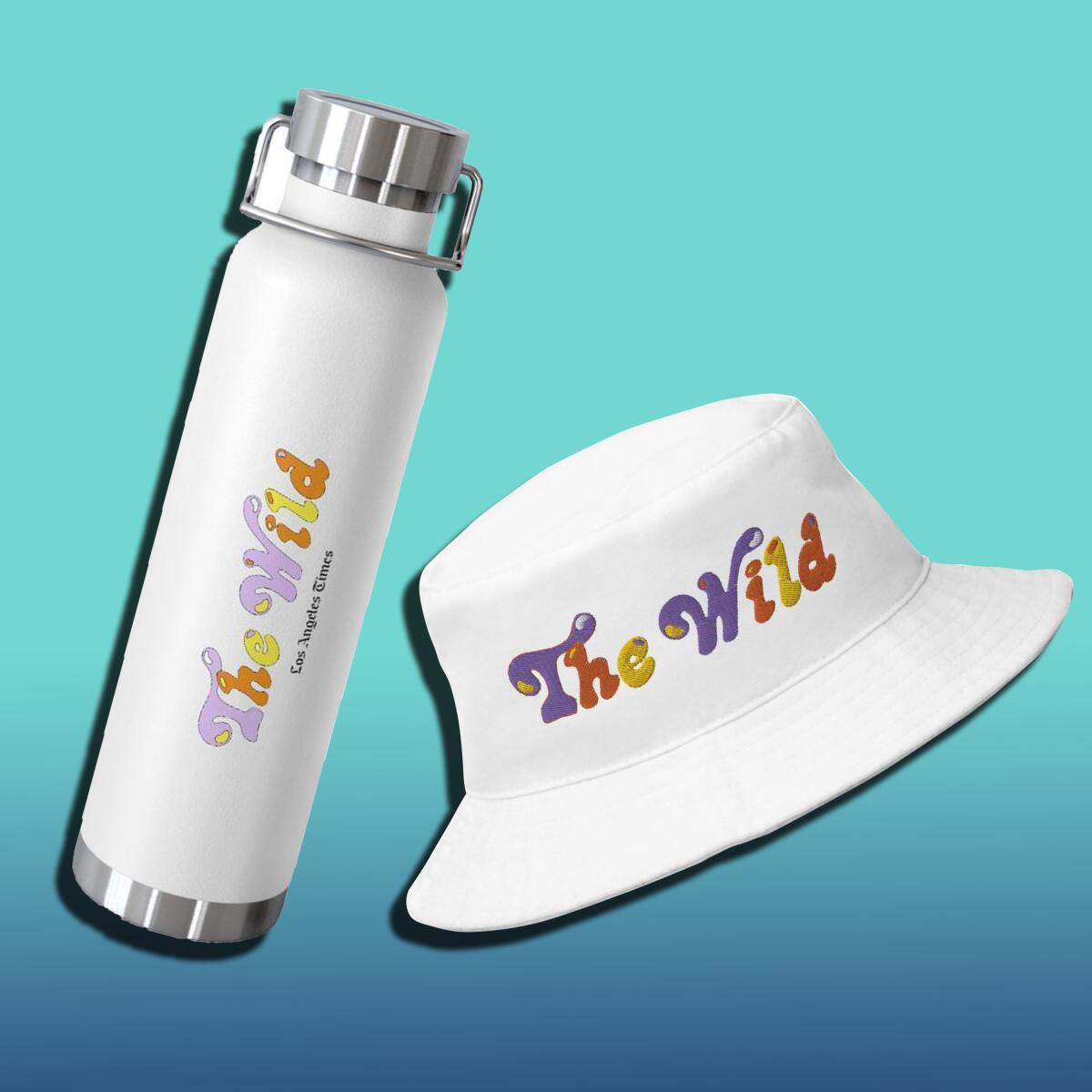
Just in time for Earth Day: Take The Wild along on your next hike, urban walk, bike ride or anything else you do outdoors. Our new bucket hat and water bottle, which keeps your 22-ounce drink hot or cold for hours, feature The Wild’s signature logo. Both are available at shoplatimes.com/earthday. Need ideas on where to go? Order a copy of the L.A. Times Hiking Guide with 50 must-do routes for yourself or a friend at the L.A. Times store.
3 things to do this week
In case you missed it, last week’s newsletter featured eight ways to get active on Earth Day.
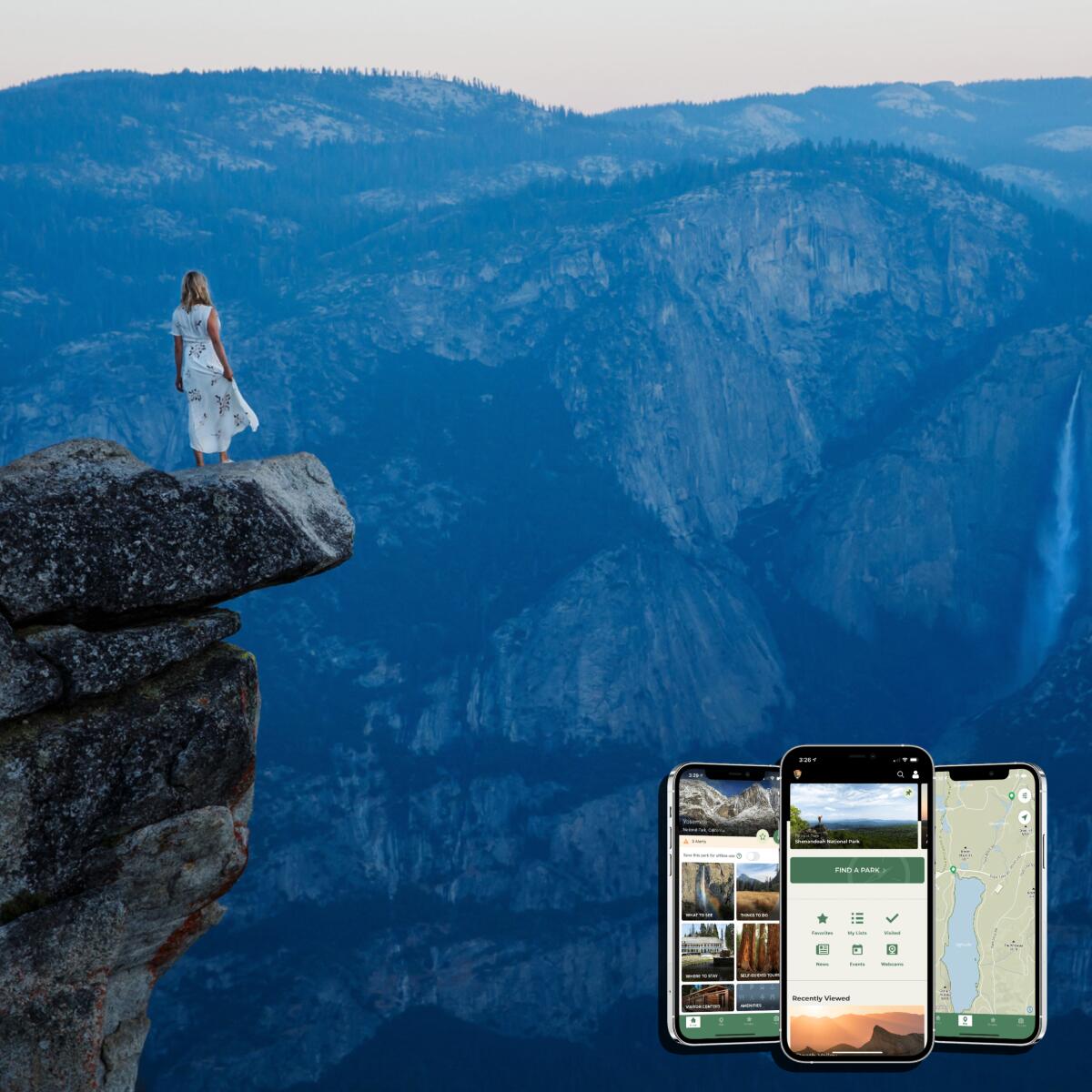
1. Check out the new National Park Service app on your next visit. National Park Week continues through April 25. L.A. Times photographers chose photos of these five parks in California to get you ready for your next adventure. If you have a trip coming up, the National Park Service has launched a mobile app that points you to maps, self-guided tours and other information you need to know about the agency’s 423 sites around the country. Use it in real time to figure out where to find food, follow suggested itineraries, access things to do, and create and send digital postcards. You can also set up alerts for park news and closures. Use it offline to create your trip or download information you’ll need when you’re in remote areas without cell reception. I haven’t used this app yet, but it would be handy to have park maps at your fingertips. Download at iOS App and Google Play.
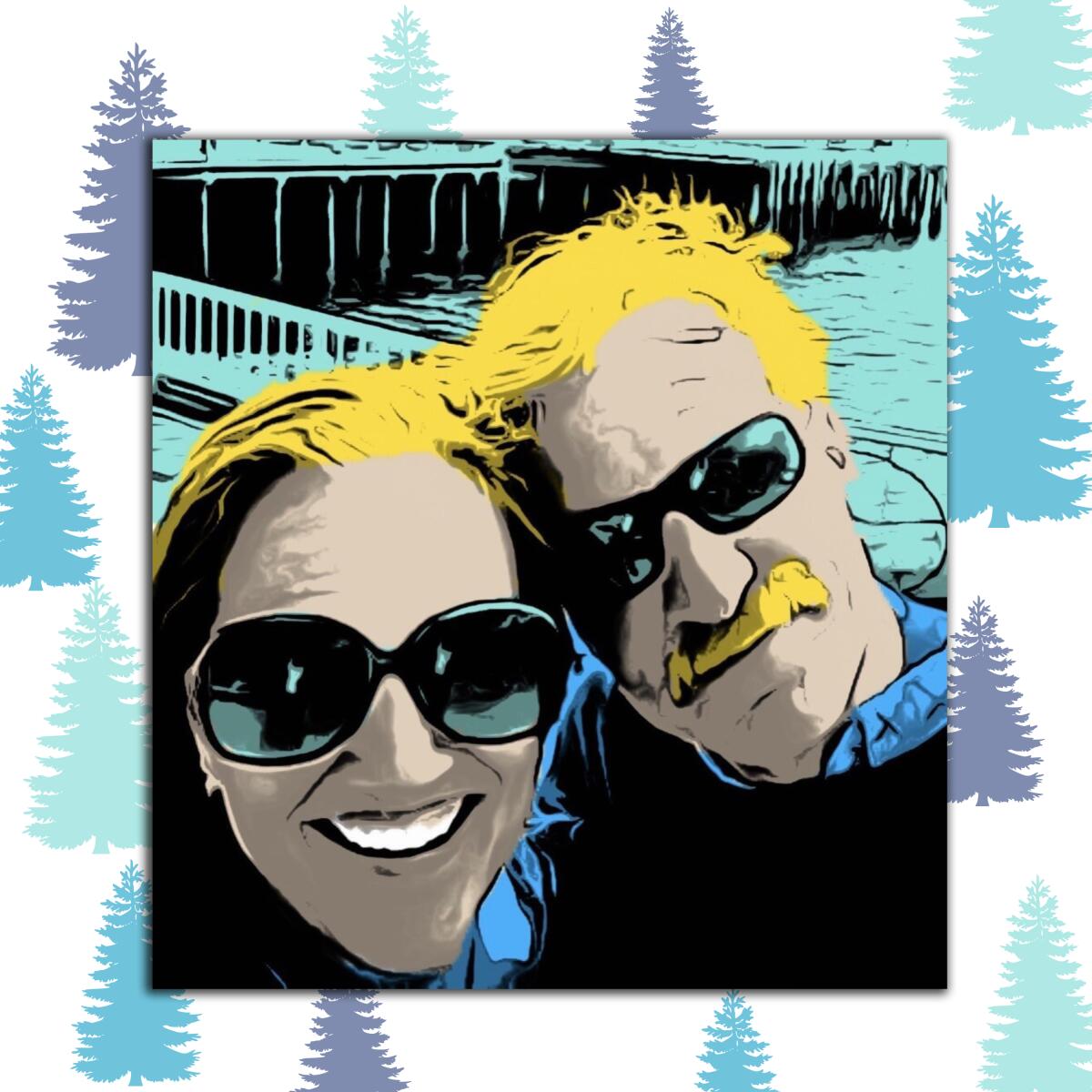
2. Join a virtual Earth Day chat with author Gary Ferguson. Nature writer Gary Ferguson has much to reflect on. He has experienced nature at its best (a place to renew and recharge) and at its cruelest (his wife of 25 years died when he was canoeing with her in 2005). Now Ferguson has teamed up with social scientist Mary M. Clare to write a book that explores our place in the world and in nature. Sister Helen Prejean (author of “Dead Man Walking”) will chat with the two in an online “Walk in the Wild” to mark the launch of “Full Ecology: Repairing Our Relationship With the Natural World.” Prejean writes in a statement: “The first step is to stop and open the pages of this tender book. Then let it take you where you need to go, nurturing you along the rocky way.” The event costs $10, $29 for the book and admission. It takes place 4 to 5:30 p.m. Pacific time on Earth Day (April 22). Click here to register for “Walk in the Wild.”

3. Tune in to what teen filmmakers are saying about the environment on Earth Day. Films made by middle and high school students around the world will be streamed during “Climate Changemaker Teen Festival” organized by New Roads School in Santa Monica. Categories include short films, narratives, documentaries, music videos as well as films that make an impact. The event (with awards in four categories) starts at 5 p.m. April 22 and lasts an hour. It’s free and open to all. Click here to watch the Teen Film Festival.
The red flag
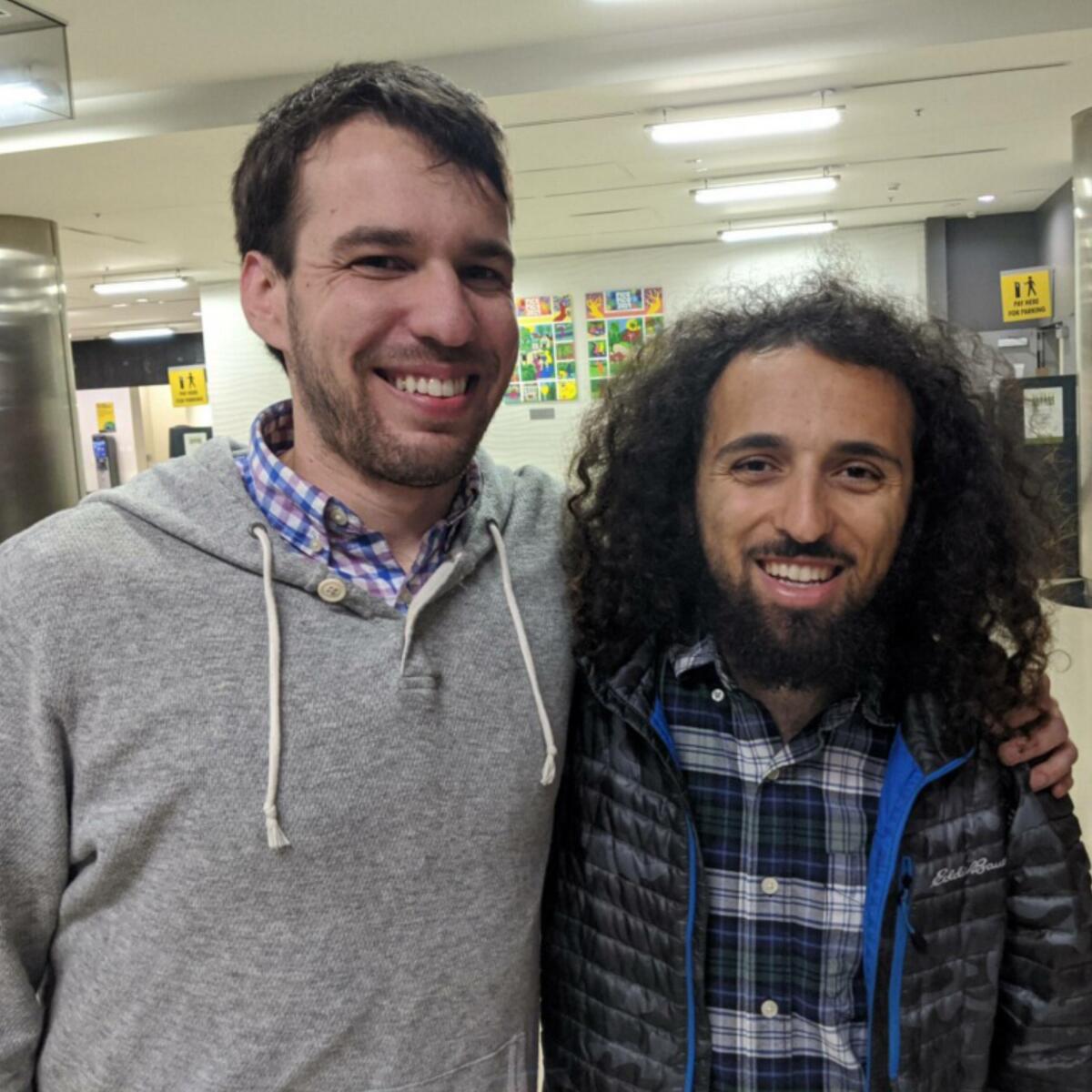
If you bicycle in big cities like L.A., you have ideas about how to make the streets safer. Jim Pagels did. The 29-year-old was a safe cycling advocate who died in a five-car crash April 9 while riding his bike in Washington, D.C. “He was vibrant, funny and full of passion for denser, safer, more livable cities,” my Times colleague Sammy Roth wrote about his friend in Boiling Point, a weekly newsletter about climate change and the environment in California and the American West.
Bicycle riding is just a piece of what can make cities more livable. “There’s a growing movement in Los Angeles and across the country calling for cities designed for people, not cars,” Roth writes. “It’s a campaign motivated by climate change and air quality concerns in addition to safety and healthier lifestyles. The easier it is for people to walk, bike and take public transit, the fewer greenhouse gases and lung-damaging chemicals will be spewed by tailpipes.”
How do we get there? Michael Schneider, founder of the L.A. political action committee Streets for All, talked about bike safety and L.A.’s most recent failures in the quest to add bike lanes. Read the full story here and sign up for Boiling Point here.
Wild things
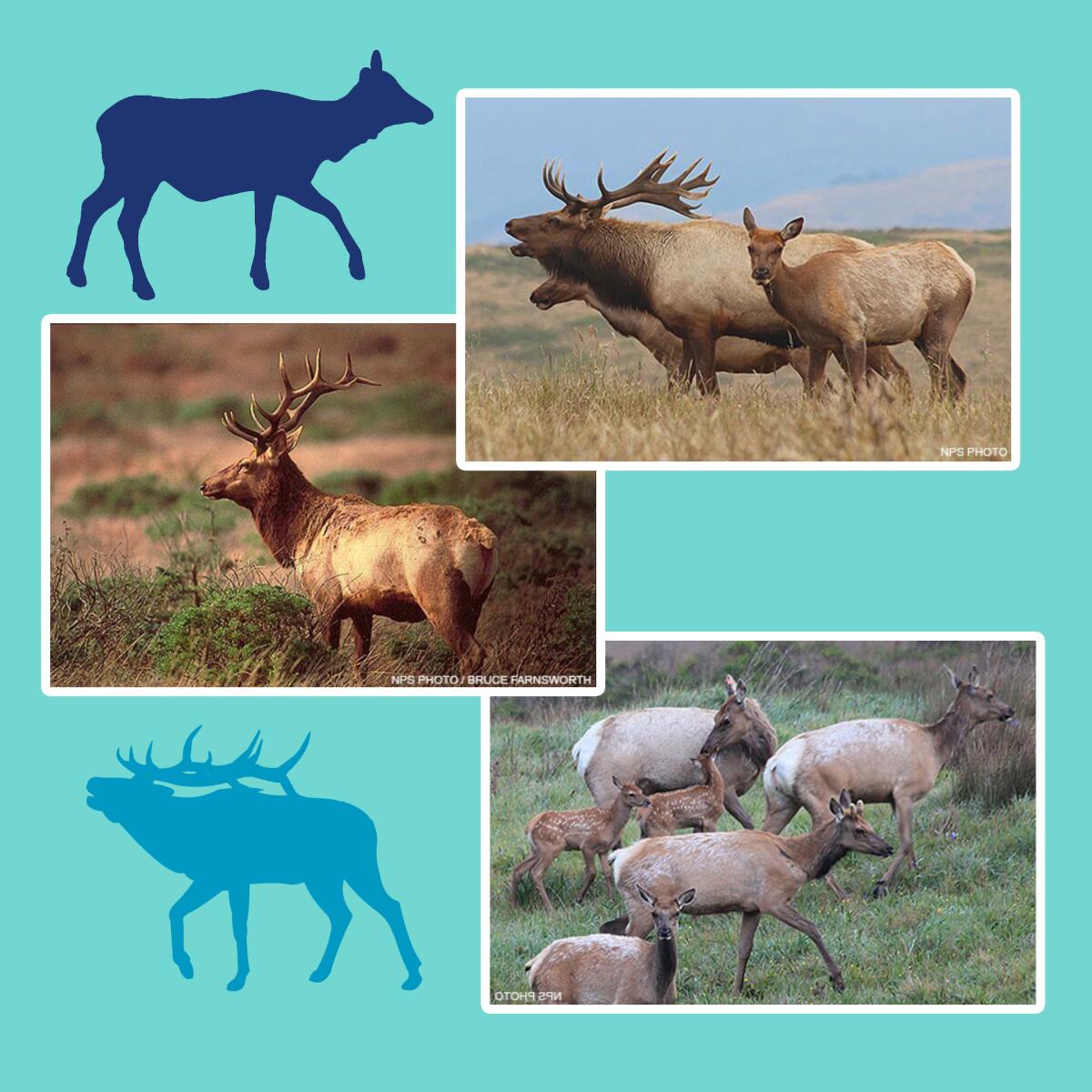
Tule elk are native to California. They almost died out “in the mid-1800s, primarily due to uncontrolled market hunting and displacement by cattle,” according to the National Park Service. Now a small herd in Point Reyes National Seashore north of San Francisco faces new deadly pressures. More than one-third of the elk in the Tomales Point part of the park died this winter, my colleague Susanne Rust writes.
Why? It depends on whom you ask. Activists say they were kept from giving water to the elk during the drought and that led to the die-off. The Park Service says malnutrition, not dehydration, was the cause. The elk deaths come as the Park Service is considering how to manage the elk population as well as cattle grazing nearby.
Rust writes: “On April 22, the California Coastal Commission will weigh in on a new draft of the park’s preferred management plan, which could increase the amount of ranch land in the park from 27,000 to 28,100 acres — 2,000 of those acres will be set aside for protection, with the potential for “targeted” grazing, only. It would also reduce the size of one of the elk populations from 139 to 120, through lethal means.” Read more about the tule elk here.
The must-read
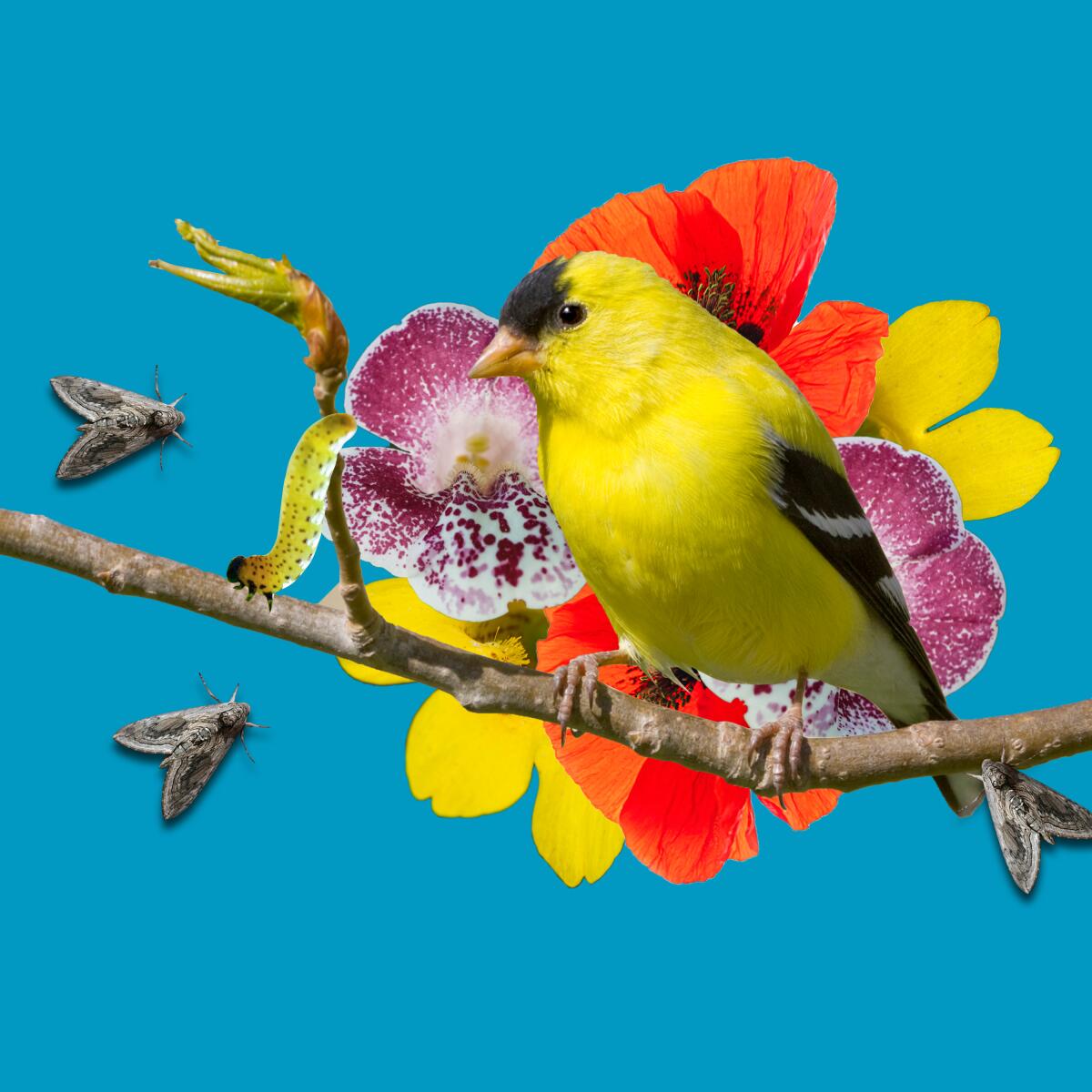
Birds are having their own health crisis — and we’re not helping. The California Department of Fish and Wildlife earlier this year asked people to remove bird feeders and bird baths from their yards because of an outbreak of salmonellosis. Birds become weak and die within 24 hours of being infected, the agency said in a statement. Pine siskins, a member of the finch family, seem most affected by the disease, which is transmitted when birds come in contact with diseased birds and their poop, such as on a bird feeder. Yep, just like humans during the pandemic, they shouldn’t be congregating and eating together.
But you still want to attract birds to your yard, right? The best way to do that is by “creating habitat in our garden space — whether it’s a balcony or backyard — by growing native plants and cultivating the food, nesting materials and shelter wild birds need to survive,” my colleague Jeanette Marantos wrote. Read about the 13 native plants that are good for your garden and good for the birds.
P.S.
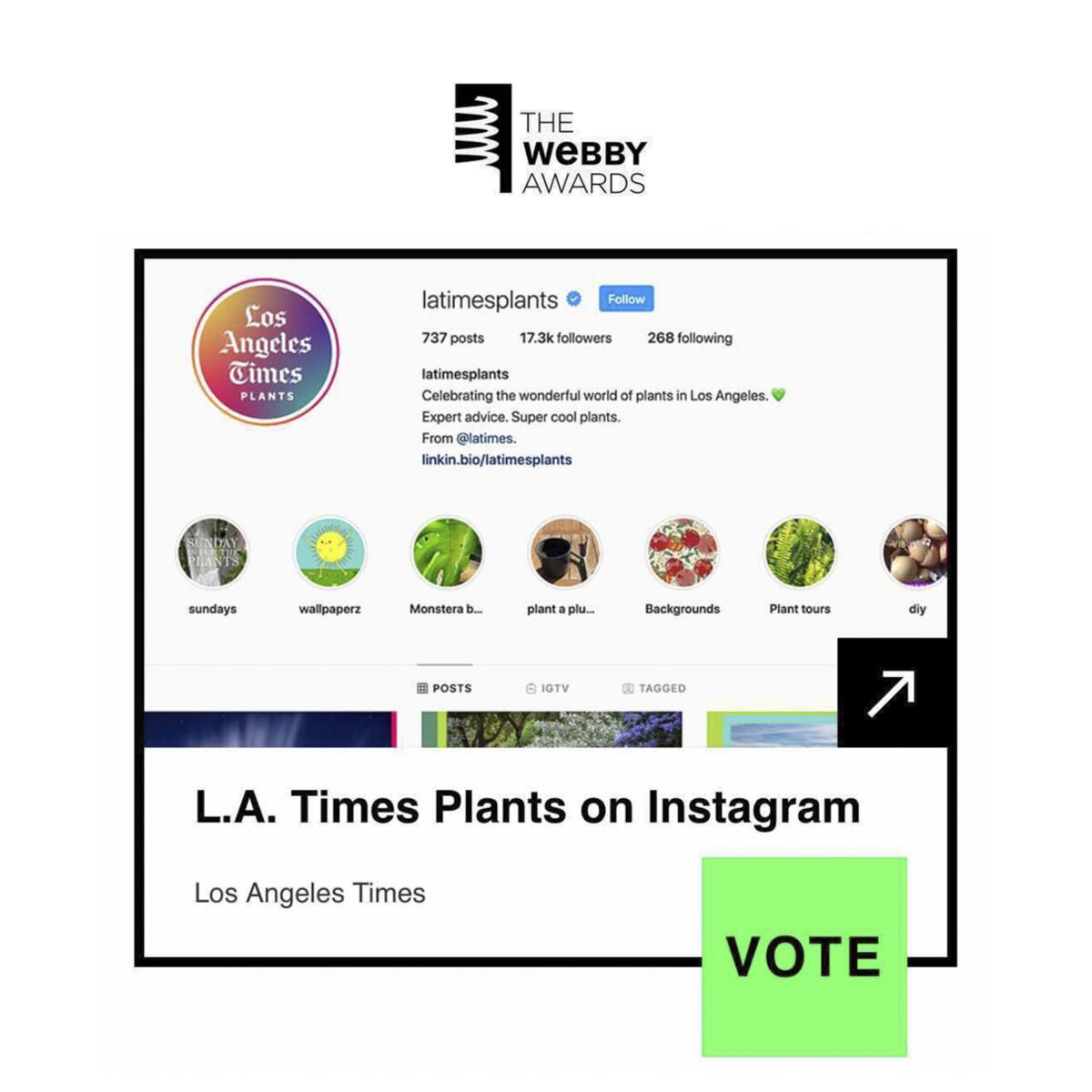
If you follow @latimesplants on Instagram (and why shouldn’t you?), show us some love! We are up for a Webby Award, and you can have your say. Please vote for us. Go to the Webby Awards and cast your vote — and don’t forget to follow us on Insta too.

Got 4 hours and 13 minutes? Go outdoors, put in your earbuds and listen to Spotify’s Earth Day|Every Day playlist of 64 titles, new and old. What made the cut: “Mercy, Mercy Me (The Ecology)” by Marvin Gaye, the best environmental anthem around; “Bad Moon Rising,” Thea Gilmore’s soulful redo of Creedence Clearwater Revival’s hit song; and a Tower of Power tune I swear I never heard called “Only So Much Oil in the Ground” (1975). Lots of good stuff here; let me know which ones you liked best.
In last week’s newsletter, I wrote that Joshua Tree National Park is the closest national park to downtown Los Angeles, just 140 miles away. I should have added “by car.” Robert Scott Bullock wrote to tell me that Channel Islands National Park is closer, and he’s right. It’s a roughly 67-mile drive to Ventura and a 34-mile boat ride to the islands. Bullock plans to sail to Santa Cruz Island later this year.
Send us your thoughts
Share anything that’s on your mind. The Wild is written for you and delivered to your inbox for free. Drop us a line at TheWild@latimes.com.
Click to view the web version of this newsletter and share it with others, and sign up to have it sent weekly to your inbox. I’m Mary Forgione, and I write The Wild. I’ve been exploring trails and open spaces in Southern California for four decades.

Sign up for The Wild
We’ll help you find the best places to hike, bike and run, as well as the perfect silent spots for meditation and yoga.
You may occasionally receive promotional content from the Los Angeles Times.




